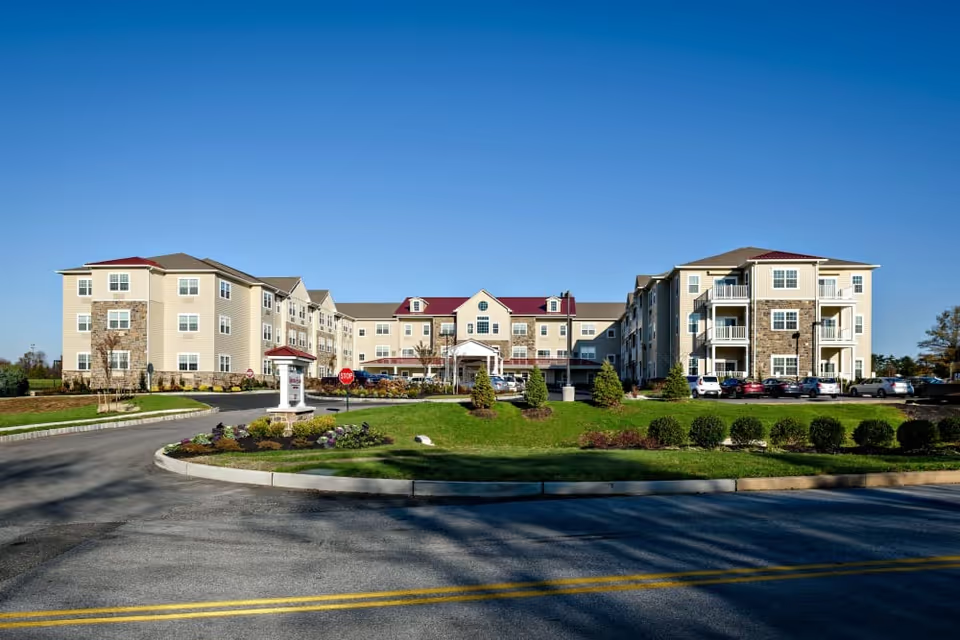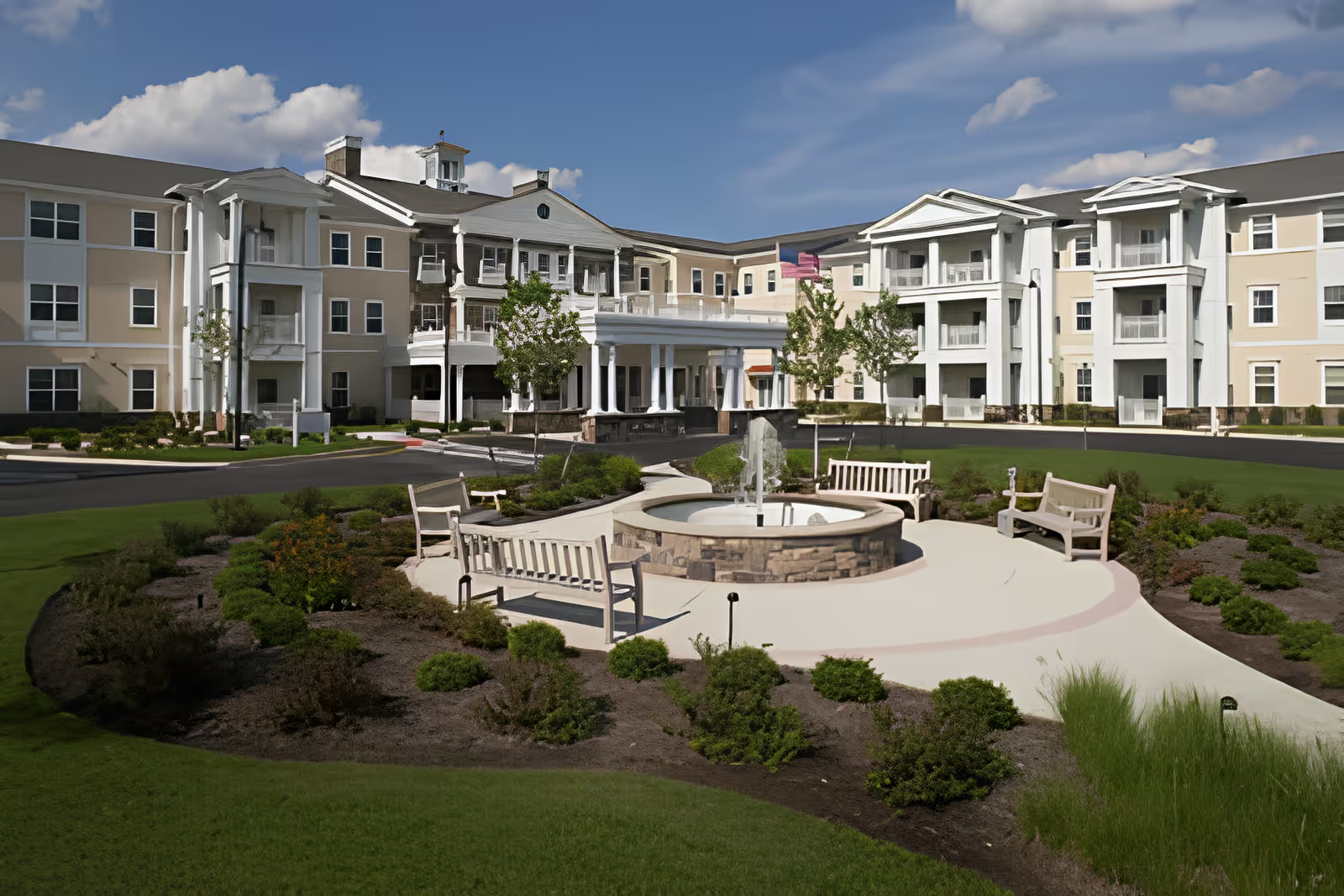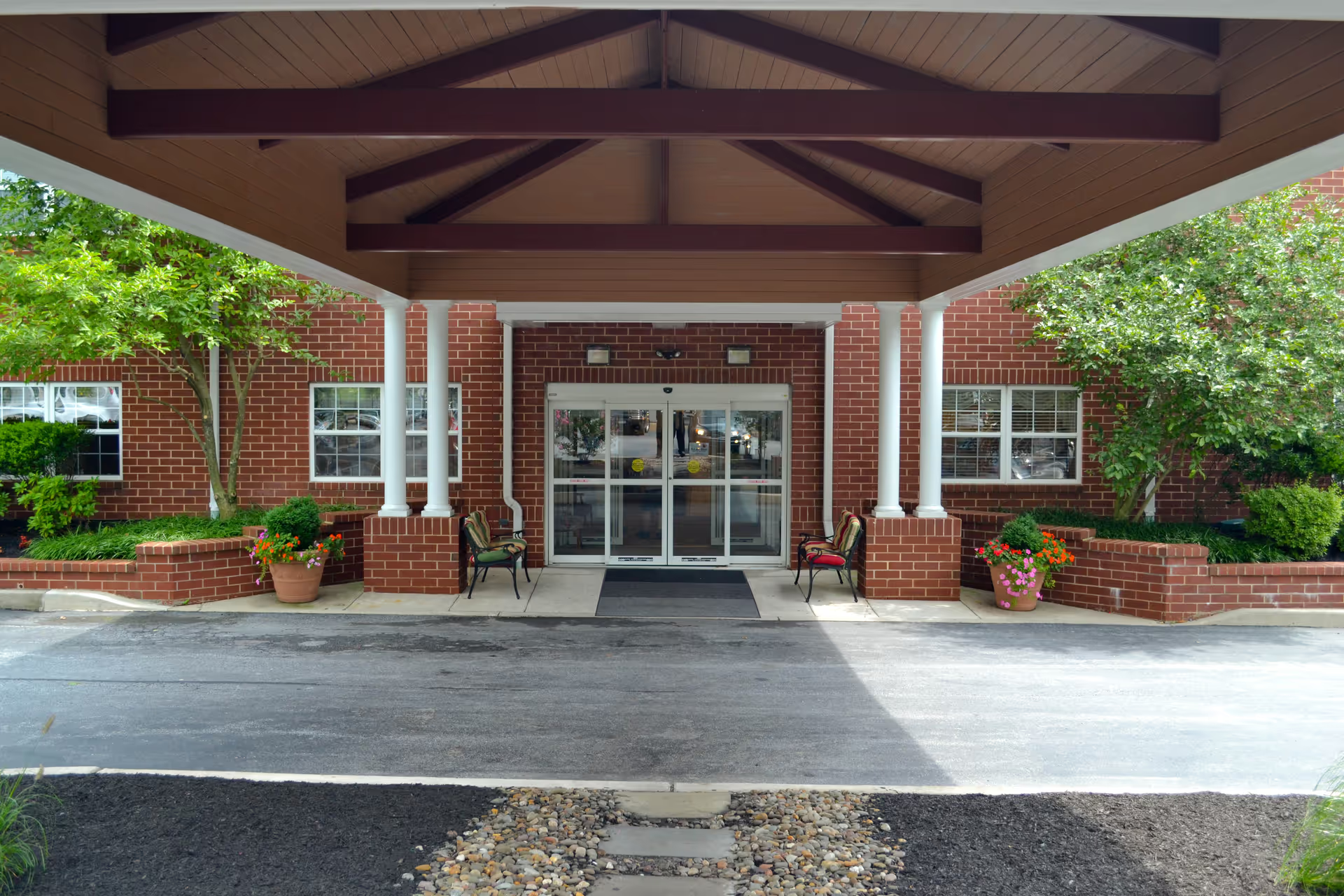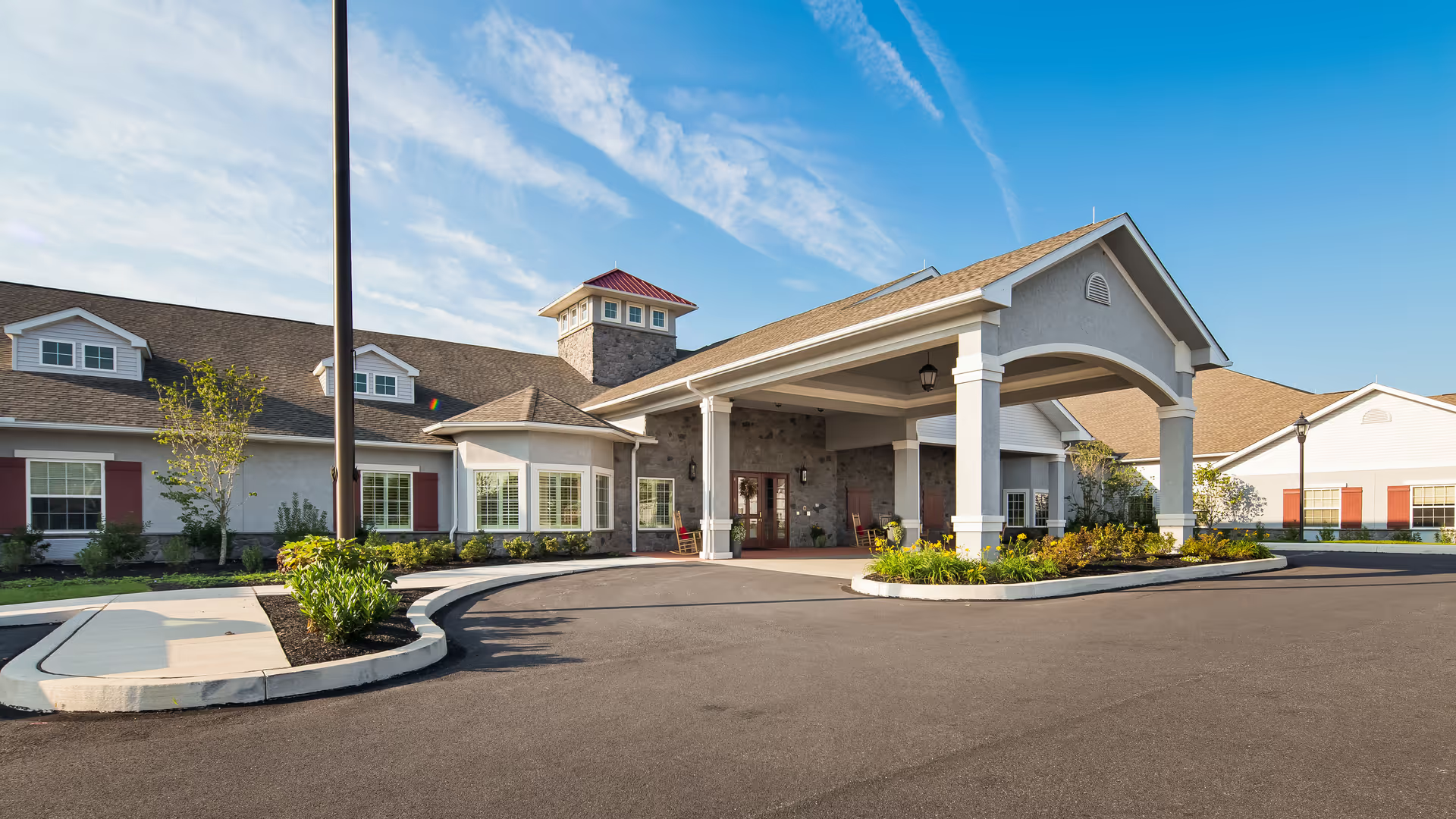Overall sentiment in the collected reviews is strongly mixed but weighted heavily toward serious concerns. Positive comments are concentrated in specific areas—primarily short-term rehab/TCU care and among certain therapy staff—while the majority of reviews describe ongoing systemic problems in nursing care, cleanliness, safety, and management responsiveness. Reviewers frequently contrast an initially pleasant reception or attractive therapy spaces with subsequent experiences of neglect, unclean conditions, and inconsistent nursing care.
Care quality and clinical safety are central themes. A recurring and alarming pattern is inadequate basic nursing care: residents described as dehydrated, left soiled, not bathed, or not turned; reports of pressure injuries and infected bedsores (including large heel and sacral wounds) appear multiple times and are cited as taking months to heal. Several reviews allege life‑threatening neglect (fever, infection, necrosis, severe dehydration) and failures in diabetic monitoring (blood sugars not checked before meals), wound care, and oxygen management. There are multiple accounts of falls or staff dropping patients and slow or delayed notification to families. These safety issues, paired with reports of inattentive or dismissive nursing staff, support a pattern of inconsistent or substandard medical oversight across the facility.
Staffing, staff behavior, and training are another major theme. Many reviews cite under-staffing and reliance on agency CNAs/LPNs who are described as unfamiliar with residents’ needs, inattentive, or unprepared—particularly for feeding and mobility assistance. Several reviewers characterize staff attitudes as rude, unprofessional, or lacking empathy; others note exhausted, overworked, or underpaid staff which they tie to low morale. At the same time, reviewers repeatedly single out individual staff members and therapy teams for praise—Gail and certain therapists, first-floor and TCU staff, and some unit caregivers are lauded for kindness, professionalism, and good outcomes. This bifurcation suggests wide variability in staff performance and possibly uneven training or leadership by unit.
Facility environment and maintenance concerns are frequently reported. Numerous descriptions include filthy lobbies, dirty furniture, peeling wallpaper, nonfunctional toilets, overflowing or misused bathrooms, storage blocking central bathrooms, and pests such as mice and gnats. Some rooms contained leftover patients’ clothes or evidence of inadequate room turnover. Air conditioning failures, overheated rooms, and unpleasant odors are also described. These environmental failures compound clinical care problems because unsanitary conditions, pests, and poor maintenance are linked to infection risk and resident discomfort.
Dining and daily living support problems recur in reviews: meals served cold, lids left on containers, juice or milk not opened, food allergies ignored by kitchen staff, and inadequate assistance with feeding. Several reviewers reported that supplies or services were improperly billed to residents. Call bell responsiveness is another frequent complaint—many families say bells are not answered promptly or at all, contributing to unmet toileting and mobility needs. Overcrowding (2–3 residents per room) and privacy issues are noted as additional stressors.
Management, communication, and policy handling receive consistent criticism. Multiple reviewers describe administration as unresponsive, dismissive, or evasive when complaints are raised; some say complaints were ignored or deflected to filing forms rather than immediate corrective action. There are allegations of cover-ups, racial bias by administrators, and prioritizing money over care. During COVID visitation periods, families reported confusing or restrictive policies and poor communication about residents’ status; a few highlight heartbreaking situations where a resident deteriorated or died while family felt insufficiently informed.
Notable patterns and takeaways: the facility appears to have pockets of very good short-term rehab and therapy services (professional gyms, competent PT/OT teams, positive TCU reports) alongside persistent and serious shortcomings in long-term nursing care, housekeeping, and night/shift coverage. The variability suggests that unit-level leadership, staffing, or resources may differ significantly across the building. The most serious recurring complaints—bedsores, infections, dehydration, mismanaged oxygen, falls, and soiled living spaces—indicate systemic lapses in basic standards of nursing care and safety for a subset of residents.
In summary, these reviews paint a facility with sharply divided performance: strong rehabilitative therapy services and a few compassionate staff, but widespread, repeated reports of neglectful nursing care, cleanliness and maintenance failures, poor management responsiveness, and safety risks. Families considering this facility should weigh the documented strengths in rehab against numerous and serious, recurring complaints about long-term skilled nursing care, hygiene, and oversight. The frequency and severity of the negative reports warrant scrutiny and suggest a need for targeted corrective action, improved staffing and training, and stronger management accountability to ensure resident safety and basic standards of care.







